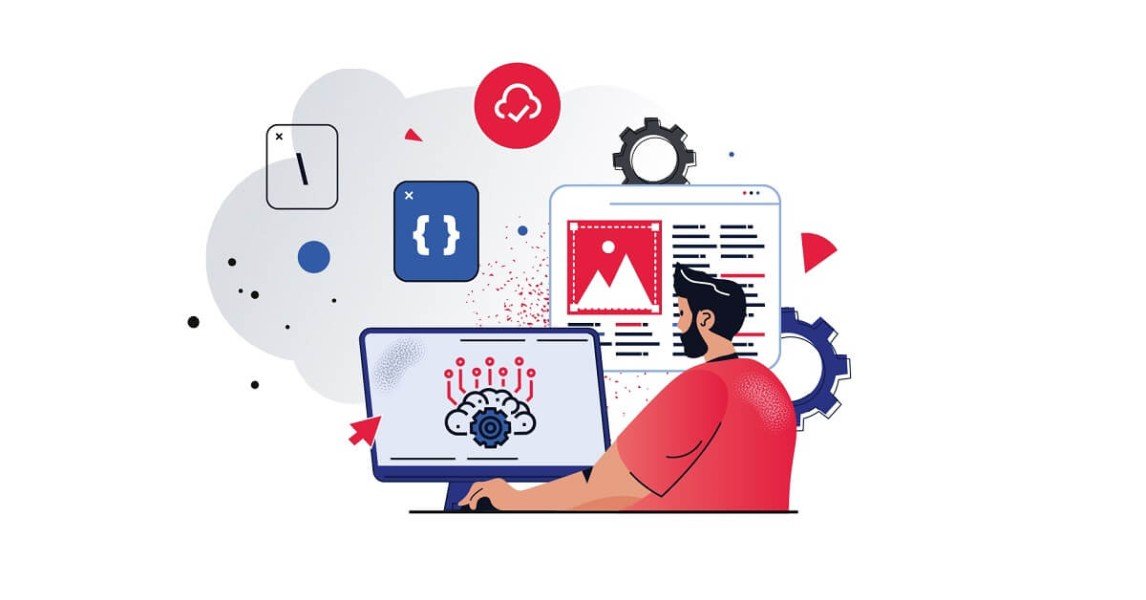Introduction
Cryptocurrency mining lies at the heart of the blockchain revolution, serving as the backbone of decentralized digital currencies like Bitcoin and Ethereum. In this guide, we’ll demystify cryptocurrency mining, shedding light on the intricate process through which computers validate transactions, secure blockchain networks, and mint new digital coins. Whether you’re a curious enthusiast or a prospective miner, this guide will provide valuable insights into the inner workings of cryptocurrency mining and its impact on the future of finance and technology.
Understanding Cryptocurrency Mining
Cryptocurrency mining is the process by which transactions are verified and added to a blockchain ledger. Miners use powerful computers to solve complex mathematical puzzles, known as proof-of-work algorithms, to validate transactions and create new blocks in the blockchain. This process requires substantial computational power and energy consumption, but it serves the critical function of securing decentralized networks and maintaining consensus among network participants.
The Role of Miners in Blockchain Networks
Unlocking the Potential of Quantum Computing: A Guide for Beginners
Miners play a crucial role in the operation of blockchain networks, acting as validators and consensus mechanisms. By dedicating computational resources to solving cryptographic puzzles, miners contribute to the security and integrity of the blockchain, ensuring that transactions are executed reliably and immutably. In return for their efforts, miners are rewarded with newly minted cryptocurrency and transaction fees, incentivizing their participation in the network.
Proof-of-Work vs. Proof-of-Stake
Cryptocurrency networks employ different consensus mechanisms to validate transactions and secure their blockchains. The two most common mechanisms are proof-of-work (PoW) and proof-of-stake (PoS). While PoW relies on computational power and energy expenditure to validate transactions, PoS relies on the ownership of cryptocurrency tokens to achieve consensus. Each mechanism has its advantages and drawbacks, and the choice between them often reflects the design philosophy and goals of a particular cryptocurrency project.
The Mining Process: Step by Step
Unlocking the Potential of Quantum Computing: A Guide for Beginners
The cryptocurrency mining process typically involves the following steps:
- Transaction Verification: Miners collect pending transactions from the network and verify their validity by ensuring that senders have sufficient funds and signatures.
- Block Formation: Valid transactions are grouped together into blocks, which serve as units of data in the blockchain. Miners compete to solve the cryptographic puzzle associated with each block.
- Proof-of-Work: Miners use computational power to find a hash value that satisfies the difficulty criteria specified by the proof-of-work algorithm. The first miner to solve the puzzle broadcasts the solution to the network.
- Block Validation: Once a solution is found, the block is verified by other nodes in the network to ensure consensus. If the block is deemed valid, it is added to the blockchain, and the miner responsible receives a reward.
The Economics of Cryptocurrency Mining
Cryptocurrency mining is a competitive and resource-intensive endeavor that requires significant upfront investment in hardware, electricity, and cooling infrastructure. The profitability of mining depends on various factors, including the cryptocurrency’s price, mining difficulty, and operational costs. While mining can be lucrative in bull markets, it can also be highly volatile and subject to regulatory risks and market fluctuations.
FAQs (Frequently Asked Questions)
What is cryptocurrency mining?
Cryptocurrency mining is the process by which transactions are verified and added to a blockchain ledger. Miners use powerful computers to solve complex mathematical puzzles and secure decentralized networks.
How do miners contribute to blockchain networks?
Miners play a crucial role in validating transactions and maintaining consensus among network participants. By dedicating computational resources to solving cryptographic puzzles, miners ensure the security and integrity of the blockchain.
What is the difference between proof-of-work and proof-of-stake?
Proof-of-work relies on computational power and energy expenditure to validate transactions, while proof-of-stake relies on the ownership of cryptocurrency tokens. Each mechanism has its advantages and drawbacks, reflecting the design philosophy of a particular cryptocurrency project.
What is the mining process step by step?
The mining process involves transaction verification, block formation, proof-of-work computation, and block validation. Miners compete to solve cryptographic puzzles and add new blocks to the blockchain, receiving rewards for their efforts.
Is cryptocurrency mining profitable?
The profitability of cryptocurrency mining depends on various factors, including the cryptocurrency’s price, mining difficulty, and operational costs. While mining can be lucrative in bull markets, it can also be highly volatile and subject to regulatory risks and market fluctuations.
What are the economics of cryptocurrency mining?
Cryptocurrency mining requires significant upfront investment in hardware, electricity, and cooling infrastructure. Profitability depends on factors such as the cryptocurrency’s price, mining difficulty, and operational expenses.
“Demystifying Cryptocurrency Mining: How Computers Power the Blockchain Revolution”
